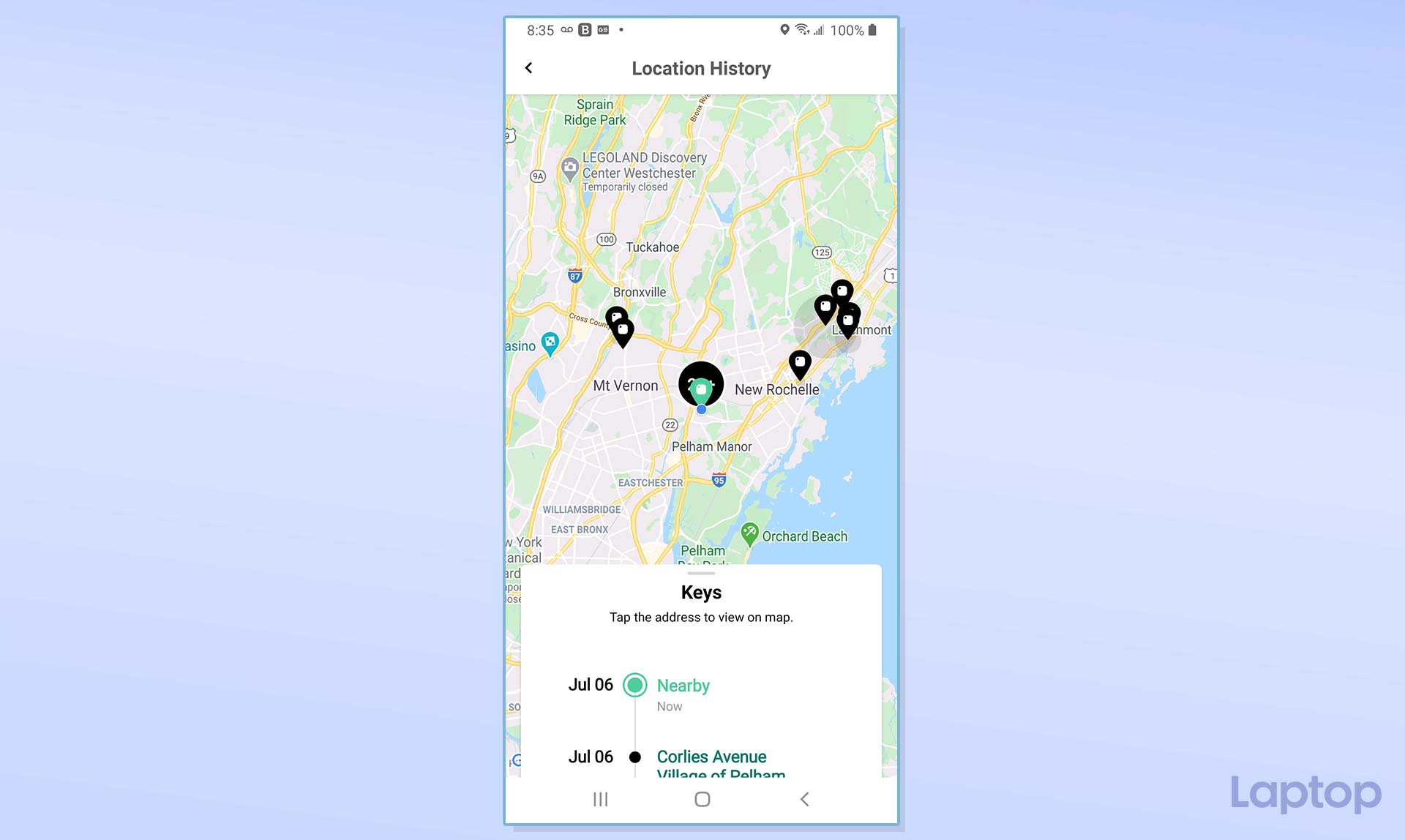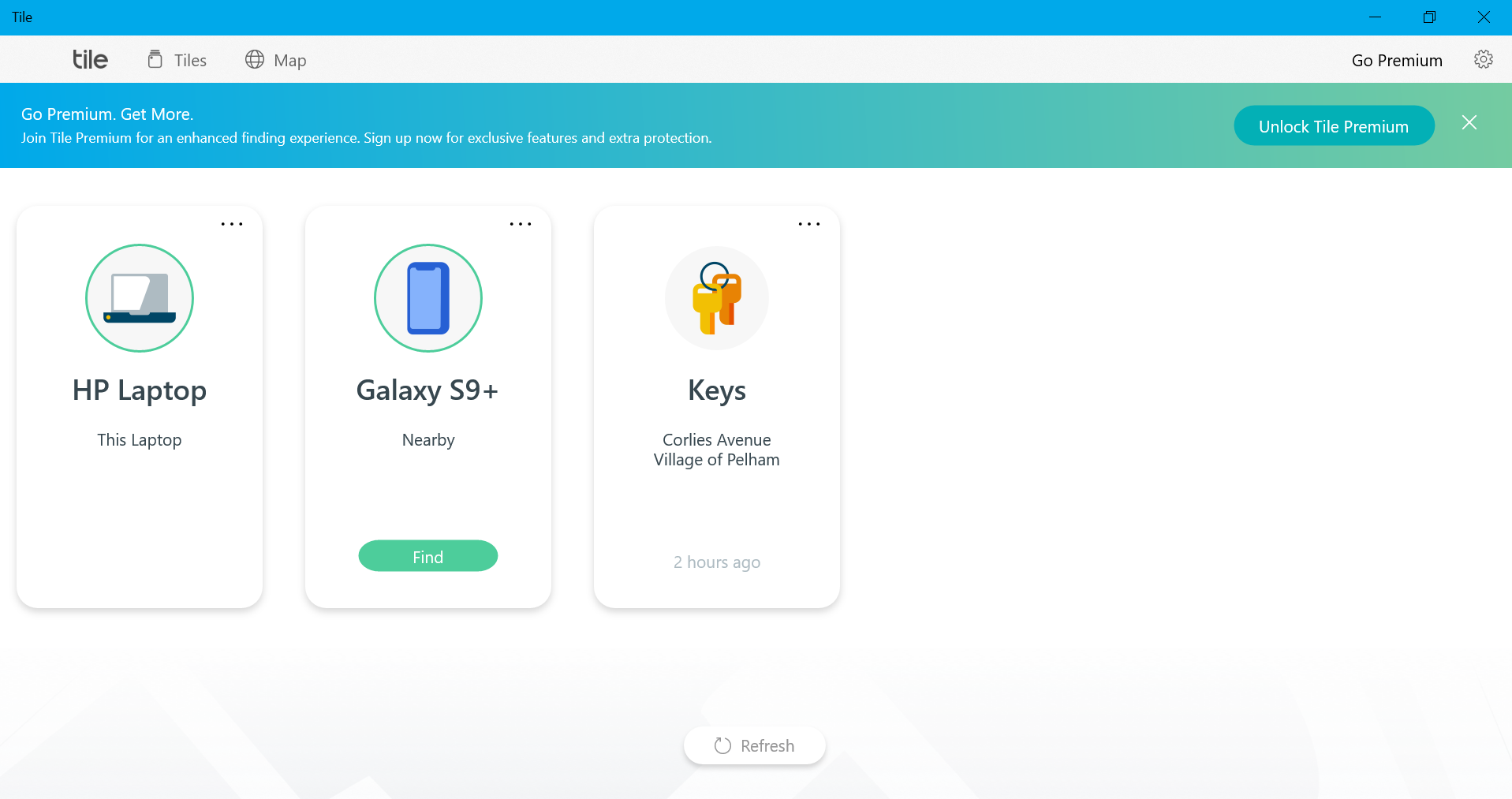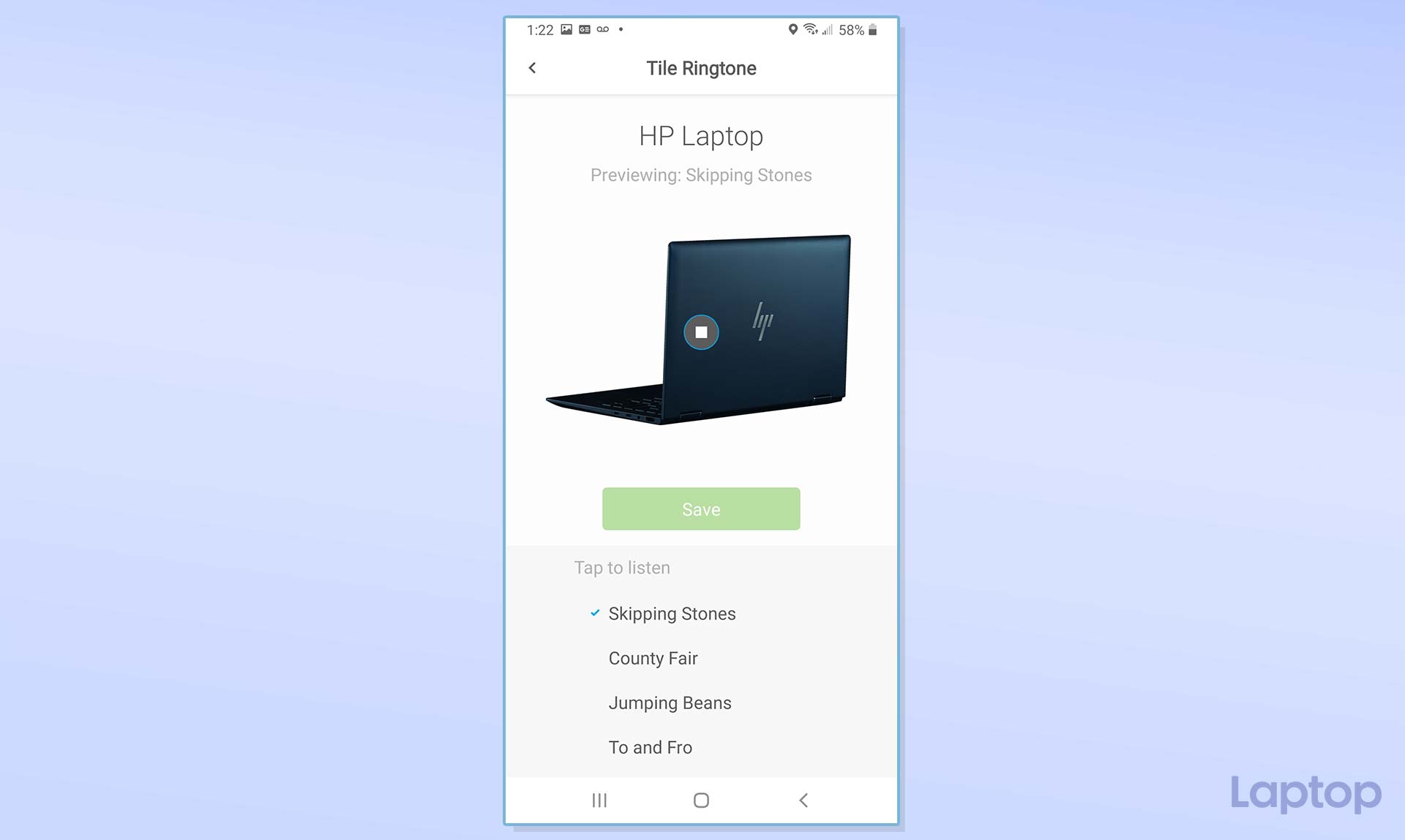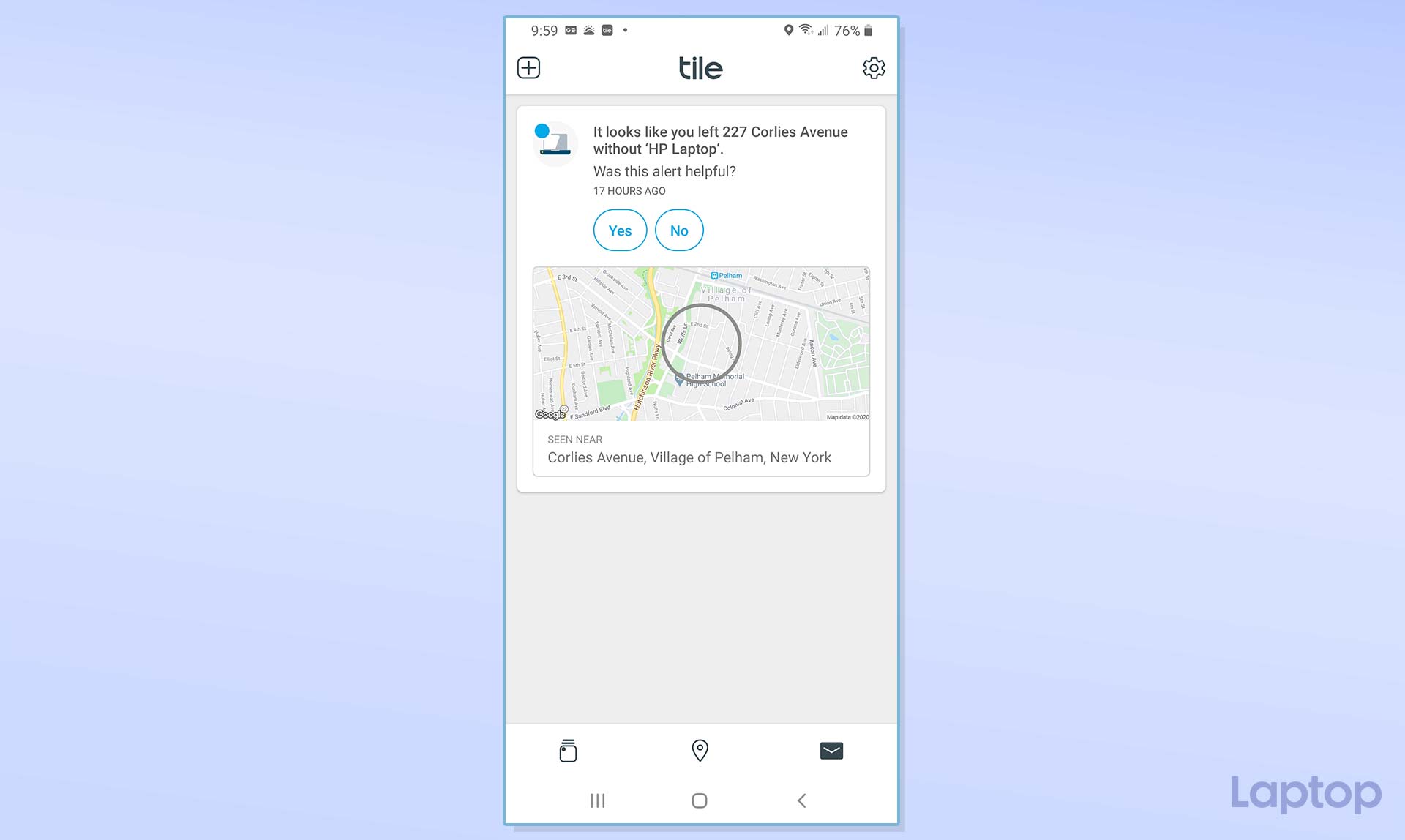HP Elite Dragonfly with Tile: How I tried (and failed) to lose my laptop
How to keep tabs on your HP Elite Dragonfly

When I was young, my mother always told me that I’d lose my head if it wasn’t attached to my neck. That absentmindedness hasn’t changed over the years and I continue to leave my phone, keychain and notebook here and there. Happily, I’ve found a way to at least keep my computer close at hand: the HP Elite Dragonfly has integrated Tile location-tracking technology to help me find it in those forgetful moments.
I already have a Tile Mate module on my keychain to keep my keys at hand, so using it with a notebook wasn’t a big reach for me. Pairing it with HP’s flagship notebook brings the Tile technology to a new level and offers a preview of the future for forgetful gadget lovers, like me.
How Tile Technology works
Tile sells four different modules that can be attached to anything from a TV remote control to a smartphone. While the credit card-sized Tile Slim model is specifically designed for stashing in a wallet, the Sticker is like a couple of stacked quarters and can be attached to a pair of headphones. The Mate is the size of a car’s key fob and has a hole, which is perfect for putting it – as I did a year ago – on a keychain. The newer Pro improves the module’s range from about 150 to 400 feet.
Tile has taken its tracking technology to a new level with the HP Elite Dragonfly. The compact business laptop is the first to have the Tile module installed inside. It uses a spare M.2 accessory card slot that has the required Bluetooth communications, an antenna and a small battery that keeps the module charged.
The Dragonfly won’t be the only system rocking the technology because Intel is working on embedding Tile into Bluetooth chips that will grace a variety of computers. In addition, there are Tile-equipped Skullcandy and Bose headphones. The company also works with Plantronics, Fossil and other brands.
Is the price right?
Typically, regular Tile modules are a bargain. You can expect to spend between $20 (for the Sticker) to $35 (for the Mate Pro). Getting Tile functionality for the Dragonfly will only set you back $23. However, since Tile uses the only free M.2 card slot inside the notebook, you’ll have to choose between it and a remote mobile data card.

All told, a well-equipped Dragonfly with a Core i3 processor costs $1,628 with the Tile functionality. That’s roughly twice what I spent on my last computer but, for me, the Tile add-on is priceless. It helps me find my missing gear and finally, nobody can call me absentminded.
Sign up to receive The Snapshot, a free special dispatch from Laptop Mag, in your inbox.
Tile also has a premium service that adds several goodies. It costs $3 a month or $30 a year and the first month is free. My favorite Premium feature, called Smart Alerts, will save you no small amount of consternation by sending you a notification before you even have the opportunity to leave it behind.
The Premium upgrade also includes replacement batteries for the Mate and Pro modules. By contrast, Tile’s Slim and Sticker modules have non-replaceable 3-year batteries and the Dragonfly has a small battery to keep it charged. In addition to sharing location data with coworkers or family members, Premium also adds a month-long history of where the Tile-equipped devices have been, similar to Google’s Timeline.
How it works
Tile technology can do a lot to help the inattentive find their gear. When I’m near the Dragonfly, but just can’t find it, I can ping the module from my phone. It causes the module to play an annoying tune loud enough so that it can’t hide. Using Bluetooth, its range is limited to about 150 feet, although newer Tile modules can more than double that distance.
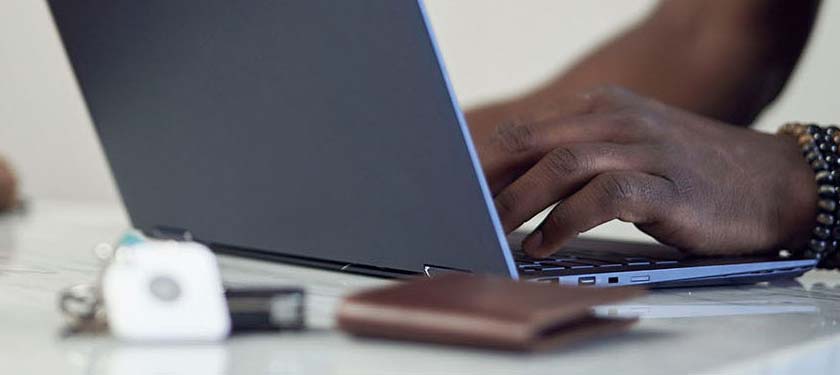
When I’m not nearby, Tile works across long ranges as well. The module links with my phone via Bluetooth and continues to show its last known location on a map. Finally, the Tile tech works the other way, letting me find my phone from my laptop.
But Tile’s main attraction is its software. The company has apps for iPhones, Android devices and Windows 10 (but nothing for Macs at this point). Apple’s Find my Phone service can help locate lost phones and computers, but it doesn’t work with Windows or Android systems or have tags available to extend its findable universe to other items.
Hide and Go Seek
After loading the Tile app on my Samsung Galaxy S9 Plus smartphone, I opened the preloaded Tile program on the HP Elite Dragonfly. Then, I took a few minutes to create a Tile account and typed Shift-F11 to synchronize the notebook and phone app via Bluetooth. At this point, the phone app displayed a map that pegged the location of each Tile module.
For the initial test drive, I left my Dragonfly on the porch after a morning of writing. The phone’s app found the notebook from my office, which is about 40 feet away. I easily heard the tune, thus letting me track the notebook down.
I wish the tune would either change tone or get louder as I approached it, but the app does the next best thing; the interface has four concentric rings that fill in the closer you get to the computer. To avoid confusion, I gave the Tile modules for my keychain and my notebook different songs, making it easier to track individual gadgets.
During the next test, I left the notebook in the cushions of an overstuffed couch that I frequently work (and fall asleep) on. Again, the Tile came through, playing the notebook’s song so I could retrieve it.
But the Tile’s real test happened when I went out for coffee and walked away from the outdoor table where I was watching a movie. Luckily, nobody walked off with the system and Tile easily showed where the laptop was.
Tile takes this functionality a step further with Community Find, a program with millions of volunteers who respond to lost Tile-tagged items. The app shows how many are nearby at any moment. Community Find relies on the kindness and honesty of strangers. The idea is that after you report an item lost – like you left your computer (or something else) behind – the closest member of the Community Find network gets an alert, rescues it and the app shows where it is.
Finally, I left my phone in my car and walked away, something I do all too often. As soon as I realized it, I fired up the Dragonfly, found the phone on the map and retrieved it.
Tile’s Achilles heel is that it relies on the GPS abilities of your phone. If I were to leave both the phone and notebook at home (something that’s quite common in my world), I wouldn’t get an alert. But overall, Tile functionality is a must-have if you have a habit of misplacing your tech. For a nominally small fee, you can potentially prevent having to replace a rather expensive device.


